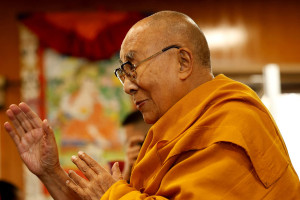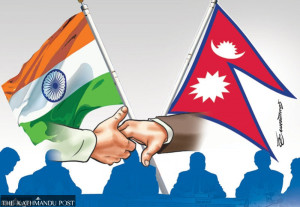Columns
The brief woeful life of Sachin Pariyar
The child artiste’s tragic death has exposed a society that has traded its soul for profit.
Dinesh Kafle
The death of Sachin Pariyar, the celebrity child artiste who was eventually left to beg on the streets of Kathmandu, came as a shock to many. However, if his eventual demise was a final blow on his mortal life and our collective conscience, he had started to become a tragic figure on our smartphone screens months earlier. Mainstream news portals on Thursday churned out quick, tone-deaf obituaries, blaming a congenital trilateral ventricular cyst that had left him paralysed. But his life and death warrant a sociological examination rather than just a neurological diagnosis. After all, as the French philosopher Guy Debord warned us long ago, the society of spectacle supplants individual human relations in capitalist societies. More so in the social media age, where dehumanisation of human relations is often directly proportional to capital accumulation. Sachin succumbed to such an illness that inflicts our society today.
The ‘tamasha’
On Thursday evening, by the time 'RIP Sachin' stories began flooding our smartphone screens, Punya Gautam, a Nepali YouTube celebrity, had already given several hours' worth of interviews to various YouTube channels. Though recovering from a recent near-fatal attack by enemies he earned on social media, Gautam, donning a cap and dark sunglasses, seemed as charged as ever in his interviews as he sensationalised the news of Sachin’s passing. Over long monologues, Gautam lambasted Sachin's father, Tejendra, and other YouTubers for exploiting Sachin’s story for minting money. In a voice at once morose and sorrowful, Gautam mourned the death of Sachin and sought justice for him while also indulging in self-aggrandising claims that he had donated thousands of rupees towards Sachin's treatment.
Ironically, Gautam failed to see that he himself was the problem and not a solution. In the age of the tamasha, you are the witch and you are the doctor. There is apparently no shame in donning both hats at the same time, as there is no distinction in the hats anymore. Just as there is no distinction between what constitutes art and what makes for kitsch. It was in this haze filled by the smoke of mediocrity that the nine-year-old Sachin rose as an unlikely social media celebrity four years ago. His ‘talent’ was first discovered by local YouTubers in his hometown of Tamghas, in Gulmi District, and then he was swiftly transported to Kathmandu for further exploration of his potential. Little did the child know that in a city where strangers extend their helping hands only to take whatever is left of you, wandering in search of your own path is no cakewalk. Tragically, he would realise that even your dear ones turn strangers in a city that thrives on Faustian bargains.
In his newfoundland, Sachin rubbed shoulders with the country's top singers and actors, repeated stale jokes, and worked overtime to produce content for his YouTuber godfathers and biological father. As long as his work brought money, his mediocrity was given the paraphernalia of the extraordinary. But behind the bloated halo of the extraordinary is the spectre of the ordinary, and the simpleton couldn’t have anticipated it. Soon, the cracks in his family began to appear in public, as his estranged parents bickered over his custody and a stepmother stepped into the scene. His father, Tejendra, started taking centre stage in Sachin's life. Donning an 'Undertaker' hat and owning up a rather derogatory nickname 'Kaloute', Tejendra began ferrying Sachin from one recording studio or shooting location to another. As the father hogged the limelight and the money, the child's school attendance became a rarity, nutritious food a luxury, and medical care an afterthought.
The tragedy
In the end, like in a ‘rags-to-fame-and-rags again’ story symptomatic of the social media age, Sachin was videographed begging on the streets of Kathmandu and telling a YouTuber that he was doing so at his father’s behest. Kaloute-ji, not one to let his honour slip away, swiftly made the son apologise to him on live camera. Sachin himself was found defending his dignity when he was filmed begging more than once, asking YouTubers and onlookers to turn their cameras off before giving him alms. The child who had lost his newfound fame and his family’s care and was fast losing his battle with a disease had not lost his sense of dignity as much as those of us casting our voyeuristic eyes on his suffering had. More than just voyeurs, we had perhaps already become acting agents of Sachin’s suffering before we even knew it. In an age when the most painful moments of suffering can become monetised, the distinction between the creator and the consumer, the exploiter and the exploited, is blurred.
Around last year, when he felt he had fallen in the cracks between a mother who doesn’t want to take him, a stepmother who doesn’t want to keep him, and a father who has given up his hope in him, Sachin had said, “They don’t want me there, they don’t want me here. I don’t know what to do anymore.” This must be the saddest cry from a 13-year-old staring at an abyss in life, and it should serve as an anthem for the social media age. No child should die thinking that their utility in this world is over because their growth is stunted and they cannot earn for others anymore. Let’s mourn young Sachin’s passing as the death of our collective conscience as a society.




 16.12°C Kathmandu
16.12°C Kathmandu















